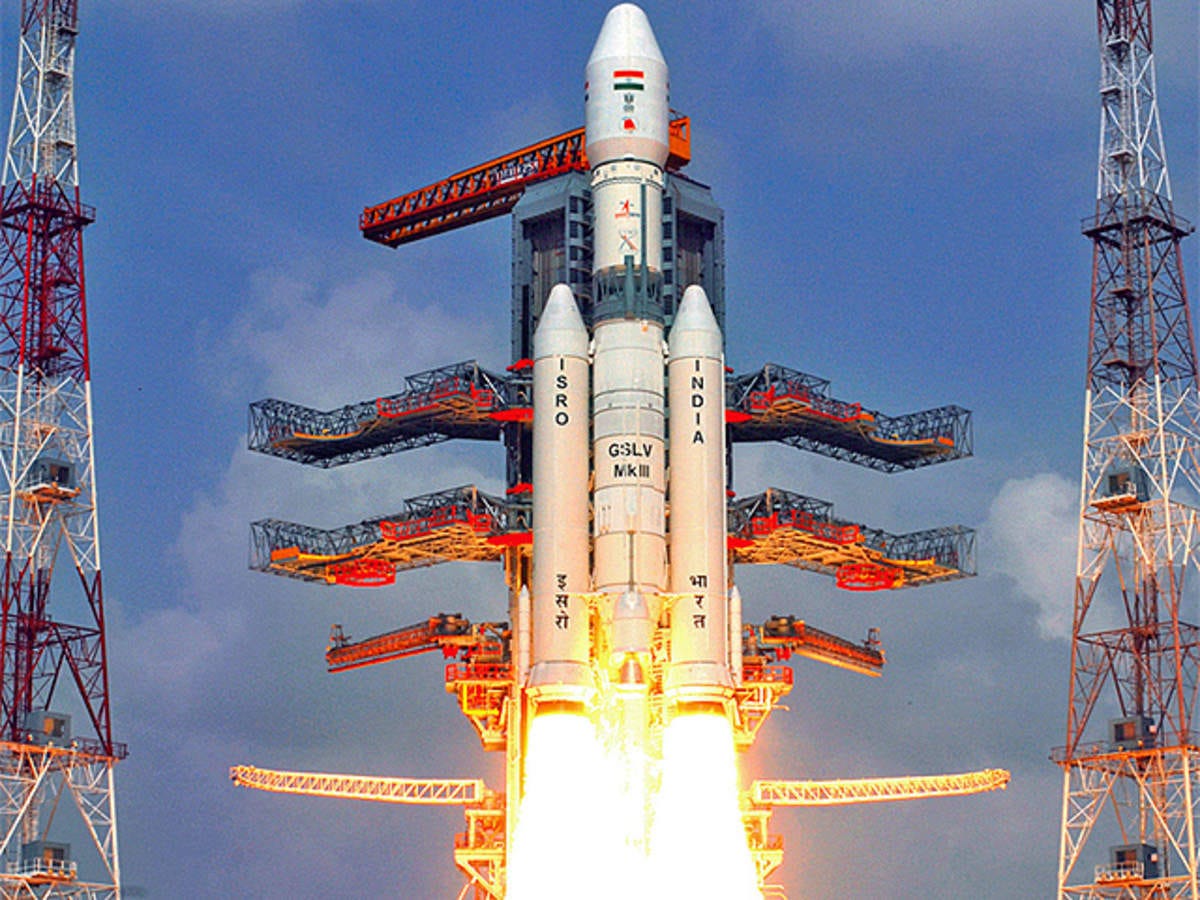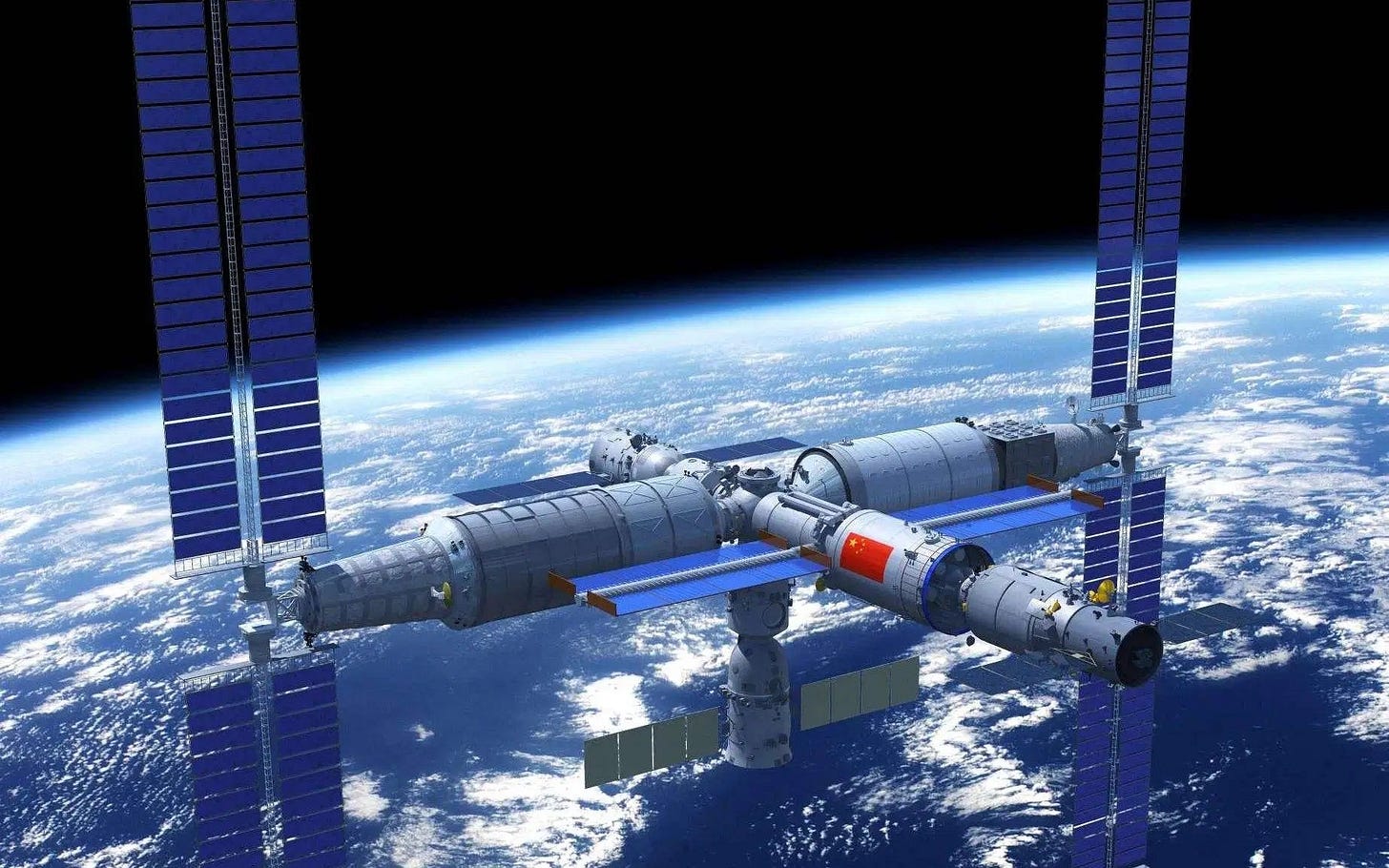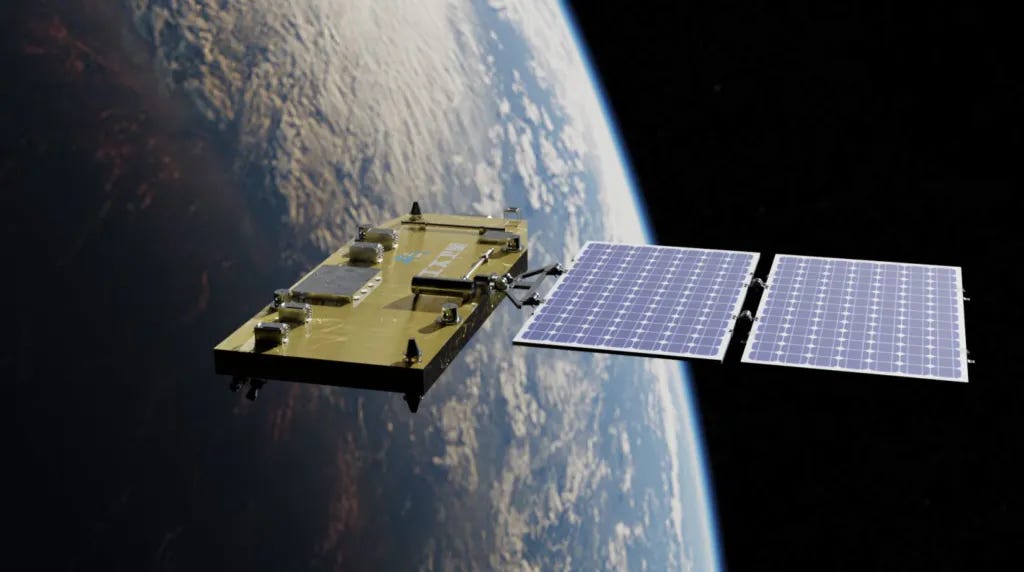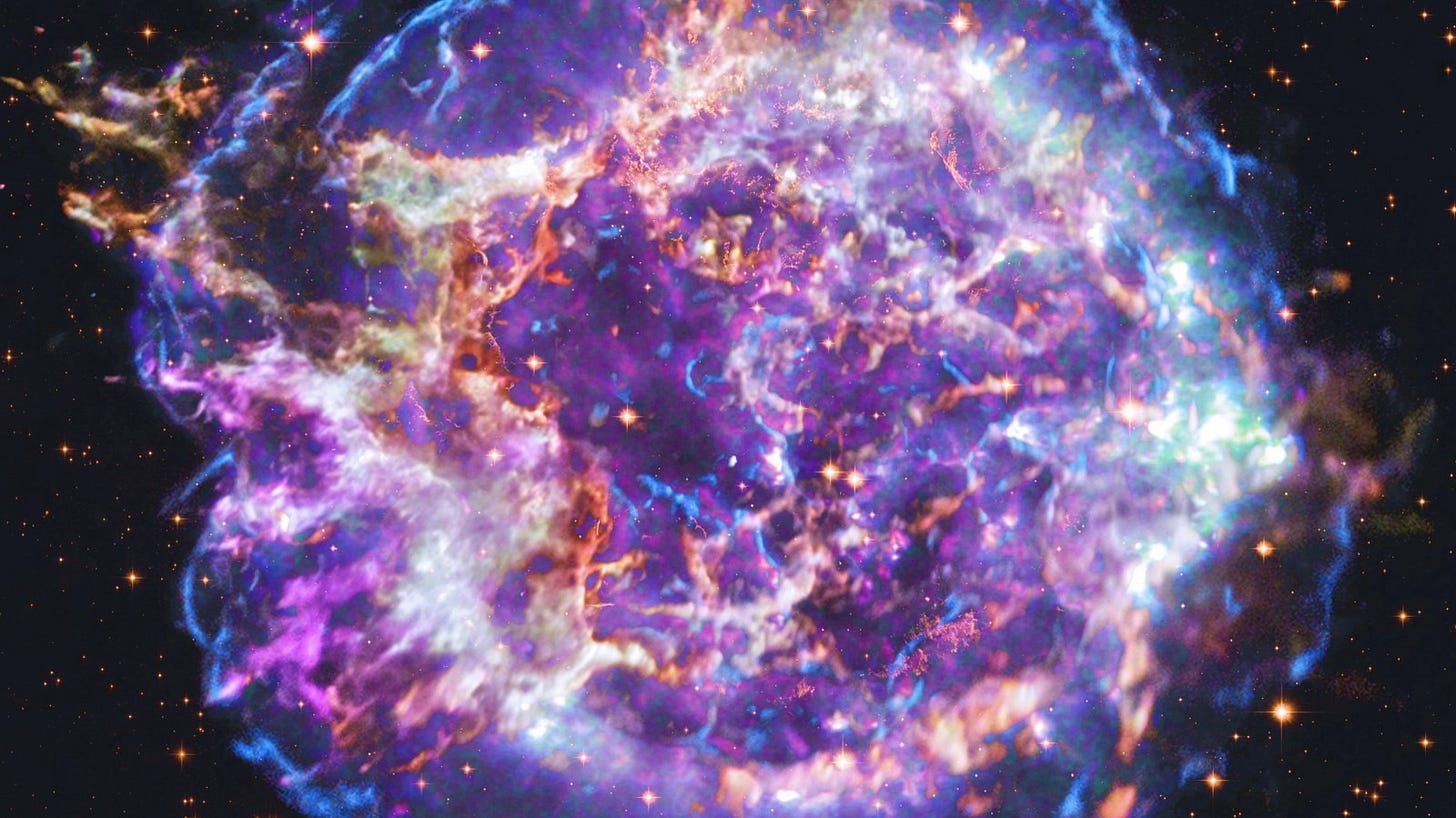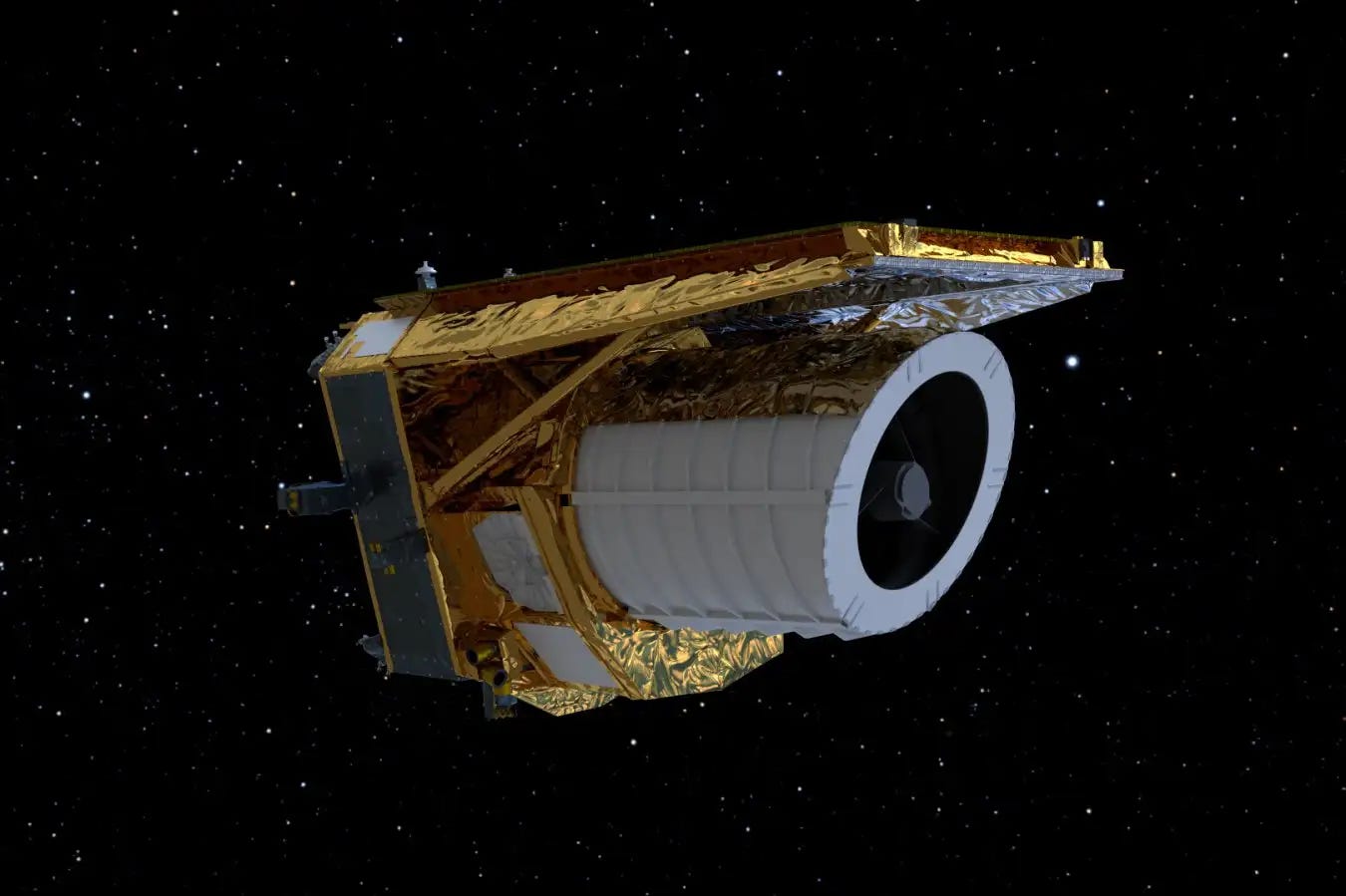ISRO’s GSLV successfully puts satellite into orbit after failure in 2021
In August 2021, ISRO’s Geosynchronous Satellite Launch Vehicle (GSLV) failed in mid-air while launching the IRNSS-1I satellite, causing both the rocket and the satellite to explode. 2 years after its disastrous failure it successfully managed to put a new navigation satellite called NVS-01 into Geosynchronous Transfer Orbit. This shows that GSLV is back again and ready for action.
China launches its first civilian astronaut into space
Last week the Chinese National Space Administration (CNSA) successfully launched a crew of 2 astronauts and 1 civilian to its orbiting space station Tiangong on Tuesday. This is the first time China is launching a civilian into outer space. The civilian, Gui Haichao is a Chinese researcher and a university professor at the Beihang University of Aeronautics and Astronautics.
China launches experimental “stackable satellite”
The China National Space Administration (CNSA) successfully launched its new satellite called Longjiang-3 into space. The new satellite is an experimental one designed and able to be stacked on top of one another. This new design will come in handy when launching large numbers of satellites into orbit since they can be stacked on each other and will thus take up less space. They are also much more cost-effective than regular satellites.
NASA captures brightest supernova explosion ever
Last month, NASA’s “Swift” gamma-ray observatory in space detected a massive gamma-ray burst (GRB) 2.4 Billion light years away. The GRB was so powerful that it even managed to send ripples through the Earth’s ionosphere. Scientists believe that this massive gamma-ray burst was caused by the explosion of a star. This is called Supernova.
Euclid telescope launched successfully
Last week, ESA’s Euclid telescope was successfully launched into outer space by SpaceX’s Falcon-9 rocket. The Euclid telescope is a highly powerful telescope designed for studying dark matter (A substance that makes up 95 percent of the universe and is hard to observe as it does not react with light). The telescope is equipped with powerful sensors that help it focus on the near-infrared wavelengths (a feature that makes James Webb so powerful). Euclid is a state-of-the-art telescope and we can expect awesome scientific breakthroughs from it!


